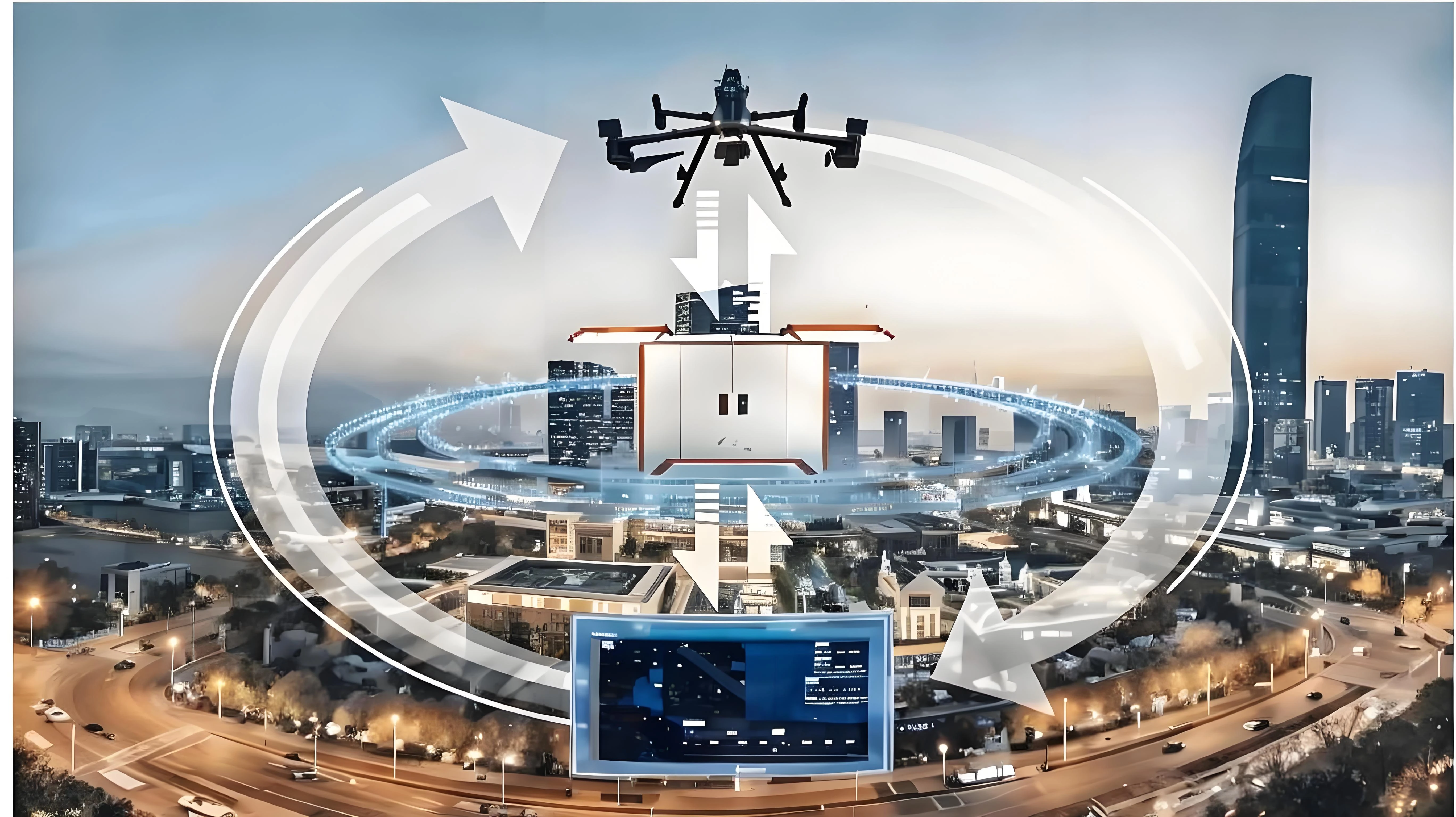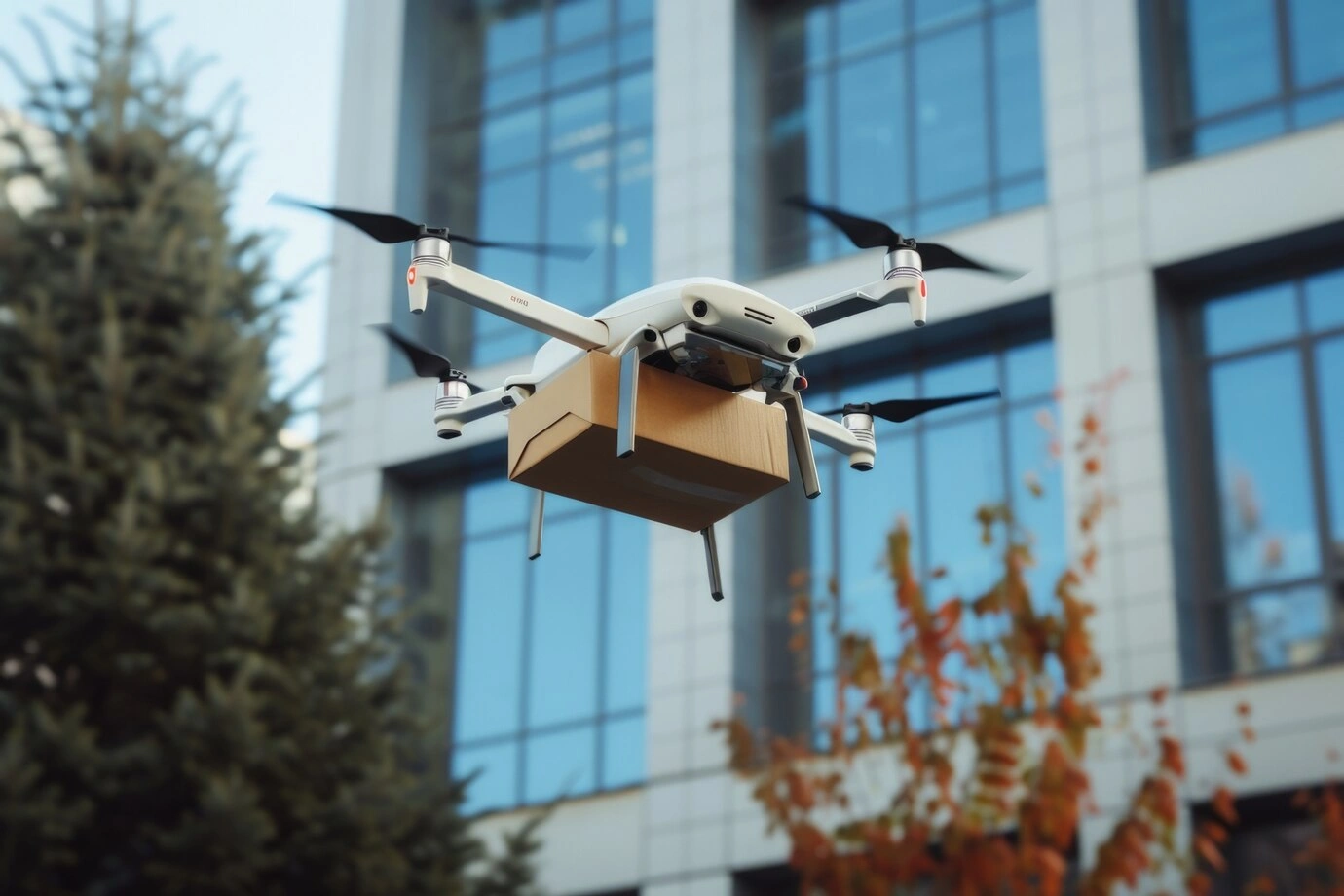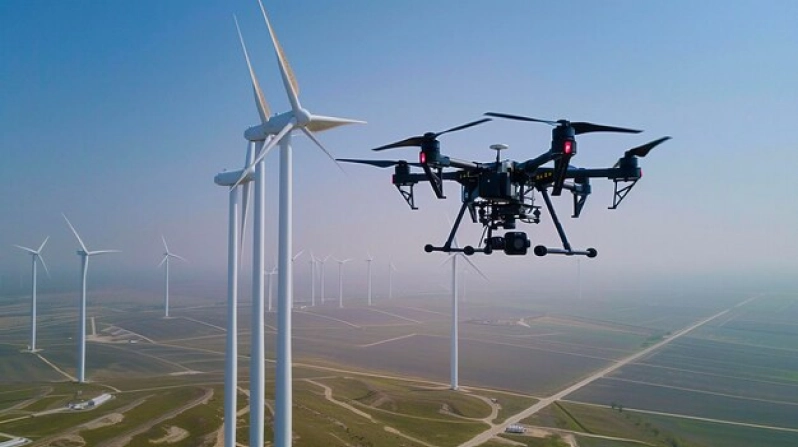Introduction
In recent years, drones have become a hot topic in technological innovation and application. They are not just flying devices but disruptive tools reshaping traditional ways of doing things. While the definition and basic concepts of drones might seem complex to beginners, their wide range of uses makes this complexity worth exploring. This blog takes you on a deep dive into the world of drones, from the technology behind them to their real-world applications, examining how they are transforming our lives and the driving forces behind this change.
The rise of drones is not just a result of technological advancements, but also a response to the demands of the times. In today’s world, where information and automation are increasingly integrated into every aspect of life, drones have injected new energy and possibilities into many industries. They can be used across various fields to improve efficiency and effectiveness. Understanding the background and significance of drones will help us better grasp the direction of their future development.
In this article, you will learn about the core technologies behind drones, examples of their applications, innovative directions, and relevant laws and regulations. Whether you’re a reader interested in technology or a professional looking to apply drones to your work, you’ll find valuable insights and inspiration here.
Technical Principles of Drones
Basic Structure
The basic structure of a drone typically includes key components such as the body, power system, and sensors. The body serves as the core framework of the drone, supporting all other parts while ensuring stability and wind resistance. The power system is usually made up of efficient electric motors and precisely designed propellers, providing the necessary lift and thrust for smooth and agile flight.
In addition, sensors play a crucial role in drone operations. They help the drone perceive its surroundings, enabling real-time navigation and obstacle avoidance to enhance flight safety and accuracy. Common sensors include GPS modules, cameras, LiDAR, and ultrasonic sensors, all of which ensure that drones can autonomously navigate even in complex environments.
Principles of Drone Flight
The principles behind drone flight involve a complex balance of four forces: lift, gravity, thrust, and drag. Lift is generated by the spinning propellers. As the propellers rotate rapidly, they create a low-pressure zone above them, causing air to flow from below, which produces upward lift. This lift must be strong enough to counteract the drone’s weight, allowing it to hover in the air. Gravity, the downward force caused by the drone’s weight, always affects its flight.
Thrust is provided by the drone’s propulsion system, typically driven by electric motors that spin the propellers, allowing the drone to move forward or sideways. Thrust not only determines the drone’s speed but also impacts its maneuverability. In addition, drag is the resistance force that the air exerts against the drone’s movement, usually divided into surface drag and induced drag. Surface drag is related to the drone’s shape and materials, while induced drag is linked to air turbulence when the propellers generate lift. To ensure smooth flight, the drone’s flight control system automatically adjusts the thrust in real-time to overcome drag and maintain stable flight.
Transmission Technology
Modern drones are equipped with various advanced transmission technologies to enable more efficient control and flight. First, remote control technology allows users to operate drones in real-time from the ground via a controller. These remote systems typically use radio frequencies, such as 2.4GHz or 5.8GHz, to transmit signals, ensuring users can maintain stable control over the drone’s altitude, direction, and speed within a certain range, adapting to different flight scenarios.
Next, autopilot technology gives drones greater autonomy. By using complex algorithms and sensors, this technology allows drones to follow preset flight paths and complete missions automatically, significantly reducing the need for manual operation. Autopilot systems are usually equipped with advanced flight control software that can analyze surrounding environmental data in real-time and make adjustments accordingly, ensuring both safe and efficient flight.
In addition, GPS positioning systems provide precise navigation and location tracking for drones. By receiving signals from satellites, the GPS system can update the drone’s position, speed, and altitude in real-time, supporting navigation, positioning, and route planning. When combined with other sensors, such as inertial measurement units (IMUs) and barometers, drones can perform precise flights in complex environments, executing tasks like mapping, surveillance, and transportation efficiently.
Drone Application Examples
Commercial Uses
Drones are increasingly being utilized in the commercial sector, especially in industries like delivery and mapping. Using drones for deliveries can significantly reduce labor costs while greatly improving efficiency, particularly in densely populated urban areas or remote locations. Drones can optimize delivery routes based on real-time traffic conditions, ensuring that packages are quickly delivered to customers.
In the mapping industry, drones equipped with high-resolution cameras and LiDAR technology can capture detailed geographical data, providing precise support for urban planning, land management, and environmental monitoring. This efficient data collection method not only saves time and costs compared to traditional mapping but also enables thorough analysis in challenging terrains.
Agricultural Applications
In the agricultural sector, the use of drones is primarily focused on precision farming and crop monitoring. By equipping drones with multispectral cameras and infrared sensors, they can gather real-time data on crop health and growth status, helping farmers apply fertilizers and irrigation more accurately, thereby increasing yields and resource efficiency.
Additionally, drones can monitor fields for pests and diseases, using high-resolution images to quickly identify problem areas. This allows farmers to take prompt action to manage these issues, effectively reducing crop losses.
Entertainment and Creativity
The advent of drones has added a new dimension of excitement to entertainment activities such as aerial photography and racing. Aerial photography drones can capture breathtaking landscapes from unique perspectives, making them widely used in photography, filmmaking, and tourism promotions.
Additionally, drone racing has emerged as a popular competitive sport, drawing many enthusiasts. Races typically take place on specially designed tracks, where participants maneuver their drones to fly at high speeds and navigate sharp turns, offering both thrilling visuals and significant challenges.
Social Services
In the field of social services, drones can be utilized for critical tasks such as search and rescue operations and post-disaster assessments. After a disaster occurs, drones can quickly reach the affected area, providing an immediate aerial perspective that helps rescue teams rapidly locate trapped individuals, thereby saving valuable time.
Additionally, in post-disaster assessments, high-definition images and videos captured by drones can comprehensively document the conditions of the affected regions. This information assists experts in evaluating the extent of the damage, providing essential data for subsequent rescue and rebuilding efforts, and ensuring effective allocation of resources.
Technological Innovations in Drones
The Role of AI in Drones
The application of artificial intelligence (AI) in drones is becoming a significant driving force behind technological advancements, particularly in areas like image recognition, autonomous navigation, and intelligent decision-making. With advanced machine learning and deep learning algorithms, drones can autonomously identify targets such as people, vehicles, or specific landmarks and analyze their movements in real time. This capability enables drones to efficiently plan flight paths and adjust their routes while performing tasks like monitoring or search and rescue operations.
Moreover, the introduction of automatic obstacle avoidance features allows drones to quickly detect and avoid obstacles such as buildings and trees while flying in complex environments. This enhances the safety and reliability of drone operations. These AI-driven functionalities not only improve the efficiency of drone applications but also ensure their safe operation across various scenarios.
Future Drone Design and Functions
The design of future drones will focus more on intelligence, modularity, and multifunctionality. In terms of intelligence, with the introduction of self-charging technology, future drones will be able to automatically return to charging stations after completing tasks, thereby extending flight times and improving operational efficiency. Additionally, smart obstacle avoidance systems will be further enhanced, utilizing more advanced sensors and algorithms to ensure safer and more reliable flights in various complex environments.
Modular design will provide drones with greater flexibility, allowing users to quickly swap and upgrade components based on different task requirements. For example, users can change cameras, sensors, or other payloads as needed to adapt to various applications such as surveying, agricultural monitoring, and logistics delivery.
Moreover, future drones may feature more interactive functions, enabling smooth communication with users through voice commands, gestures, and even coordinated group flights. These technological innovations will broaden and deepen the application of drones across various industries, making them essential tools for driving future development.
User Experience and Operation
How to Choose the Right Drone
Selecting the right drone requires considering several factors, including purpose, budget, skill level, and flying environment. If you are a beginner, it’s recommended to choose a user-friendly entry-level drone. These drones typically have a lower price point and basic functions, making them sufficient for learning to fly and capture images.
For professional users, you should select a more powerful, specialized drone based on specific application needs. Look for features like high-resolution cameras, extended flight times, and advanced flight control systems. Additionally, consider the drone’s flight range and battery life to ensure it meets your operational requirements.
Operating Tips and Flight Safety
Safety is the top priority when operating a drone. Before takeoff, conduct a thorough check that includes battery level, propeller condition, and the functionality of sensors to ensure the drone is in optimal condition. During the flight, maintain constant monitoring of the drone, ensuring it stays within your line of sight and allowing for timely responses to any unexpected situations.
Additionally, try to avoid flying in crowded areas and challenging weather conditions to reduce the risk of accidents. If you notice low battery levels during the flight, immediately seek a safe location to land and prevent an accidental crash.
Common Issues and Solutions
During the use of drones, you may encounter various common problems, such as signal loss, GPS failure to locate, and loss of control of the aircraft. For signal loss, it’s recommended to keep the drone within your line of sight and check for interference between the remote control and the drone. If the GPS cannot locate, try restarting the drone in an open area to ensure it can receive enough satellite signals. Additionally, before flying, regularly consult the drone’s user manual for solutions to specific issues. If problems persist, it’s advisable to contact customer support for professional assistance. Regular maintenance of the drone, such as cleaning the propellers, replacing worn-out parts, and updating software, is also crucial for ensuring its proper operation and extending its lifespan.
Drone Regulations
Regulatory Policies for Drones in Different Countries
Countries have significantly different regulatory policies regarding drones, which are usually established by their respective civil aviation authorities. These policies generally require drone operators to adhere to airspace management regulations, including restrictions on flight altitude, designated flight areas, and time limits. In some countries, operators must register their drones and obtain flight permits, especially for commercial use, where requirements are stricter. Before using a drone, it is essential to thoroughly understand the relevant laws and regulations in your country or region to ensure compliance and avoid legal liability.
Safety Regulations for Drone Flights
The safety regulations for drone flights are designed to ensure flying safety and mainly include restrictions on flight altitude, prohibitions on flying over crowds, and avoiding sensitive areas such as airports. Operators should always keep their drones within visual range and ensure they fly within the designated airspace, allowing for timely responses to emergencies. Additionally, regularly checking the drone’s various functions is an important measure to ensure safe flights. This includes monitoring battery life, sensor status, and propeller condition. These preventive measures not only enhance flight safety but also extend the lifespan of the drone.
Privacy and Data Protection Issues
The widespread use of drones has raised concerns about privacy and data protection. When drones collect data, they may inadvertently infringe on the privacy rights of others, especially in residential areas or public places. In response, governments and relevant organizations in various countries are developing policies to regulate drone behavior during data collection and usage. For example, some countries require operators to obtain consent from individuals before conducting photography or data collection. When using drones for data gathering, it is essential to always respect the privacy of others, adhere to applicable laws and regulations, and ensure the legality and compliance of data processing.
Conclusion
With the continuous advancement of technology and the expansion of application scenarios, drones are evolving towards greater intelligence and multifunctionality. Advanced artificial intelligence, automation technology, and modular design are increasingly enhancing the potential applications of drones across various industries, ranging from logistics and agriculture to media and social services. Despite the numerous challenges drones face in terms of safety, legal issues, and privacy, the efficiency improvements and innovative applications they offer remain exciting. We look forward to more people engaging in the exploration of this field, driving the healthy development and application of drone technology.




